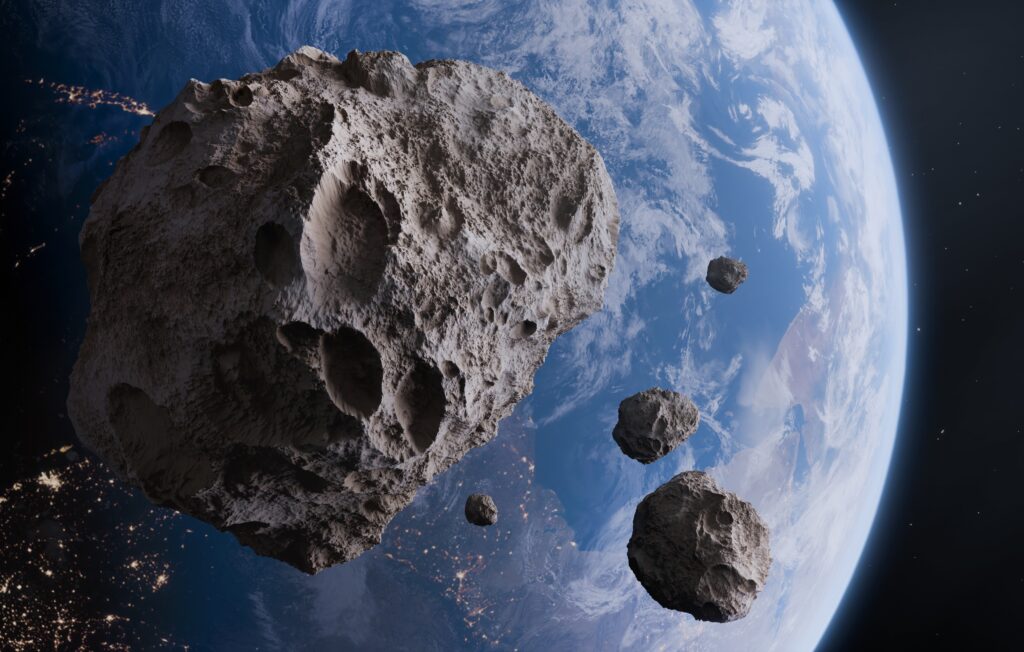UN planetary defense groups are monitoring an asteroid with a small chance of hitting Earth in 2032. The asteroid, named 2024 YR4, has an estimated 1.3% probability of impacting the planet on December 22, 2032.
The European Space Agency (ESA) states there is a nearly 99% likelihood that YR4 will pass safely. However, experts cannot fully dismiss the possibility of a collision.
Dr. Robert Massey of the Royal Astronomical Society remains calm, saying, “I’m not losing sleep over this.” He explained that risk estimates often drop to zero after refined calculations. He emphasized the importance of equipping astronomers with resources to monitor such threats.
Astronomers first detected YR4 on December 27, 2024. The asteroid measures between 40m and 90m across, making it potentially as destructive as a nuclear bomb if it hits a populated area. Fortunately, the odds favor it landing in an ocean or remote region.
Currently, scientists are improving their understanding of YR4’s trajectory. Since January, telescopes have tracked its size and orbit more precisely. The asteroid now ranks as a Level 3 threat on the Torino Impact Hazard Scale. Levels 8-10 indicate certainty of impact, while lower levels suggest monitoring is sufficient.
Historically, initial impact estimates often decrease over time. In 2004, scientists initially calculated a 2.7% chance of asteroid Apophis striking Earth in 2029. Later observations ruled out any danger.
When an asteroid over 50m wide has a greater than 1% chance of impact, global precautionary measures activate. The International Asteroid Warning Network (IAWN) and the Space Mission Planning Advisory Group (SMPAG) lead these efforts.
SMPAG is currently meeting to assess next steps. They have decided immediate action isn’t necessary but will closely monitor the situation. Another meeting is scheduled for late April or early May, unless new developments arise sooner.
If YR4’s impact probability stays above 1%, SMPAG will provide recommendations to the UN and evaluate potential responses. One option is to divert the asteroid by colliding a spacecraft into it—a technique successfully demonstrated by NASA’s 2022 Dart mission.
Dr. Massey highlights the importance of early detection, saying, “NASA’s Dart mission proved we can deflect an asteroid, but timing is crucial.” Currently, YR4 is traveling in a nearly straight line away from Earth, making its exact orbit difficult to pinpoint. Over the next few months, the asteroid will fade from view and continue being monitored through ground and space-based telescopes.
ESA warns that YR4 could fade from observation before scientists can fully rule out a potential impact. If this happens, the asteroid will remain on ESA’s risk list until it becomes visible again in 2028.


